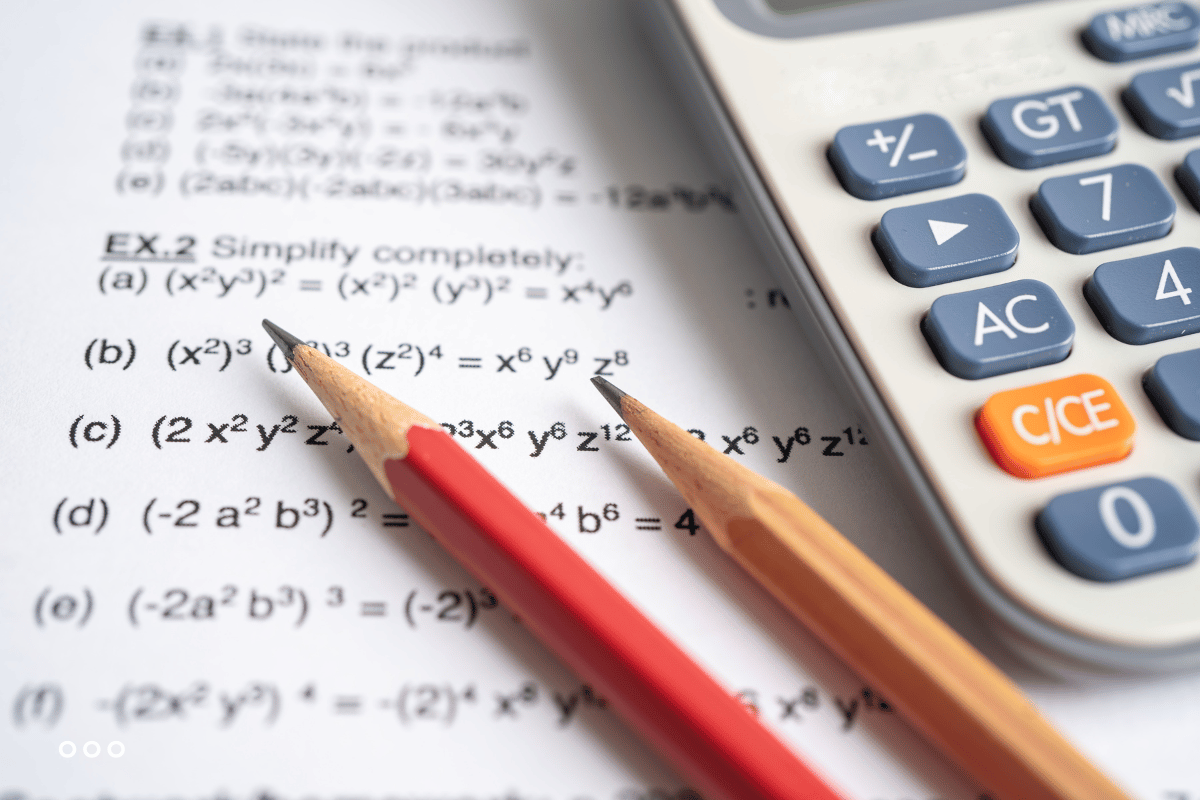
Preparing for the ACT Math section can be tough, but with the right strategies and a bit of preparation, students can significantly improve their ACT Exam scores. Below, we've compiled some essential tips and added a few proven strategies to help students not only prepare effectively but also perform with confidence on test day. So, let’s dive into how to ace the ACT Math section!
First and foremost, it’s crucial to understand the ACT Math section. As per the new 2025 ACT format, the section consists of 45 questions to be answered in 50 minutes. The topics remain wide-ranging—algebra, geometry, trigonometry, statistics, and probability. Familiarizing yourself with the structure and content can reduce surprises and increase efficiency.
Before tackling complex problems, make sure the basic algebra and geometry skills are solid. These topics form the foundation of many questions encountered on the ACT Exam. Refresh your knowledge of formulas, concepts, and procedures that are commonly tested.
Timing is everything in the ACT Math section. Practice with timed quizzes and full-length tests to get used to the pace that is needed to maintain. This practice will help students gauge how much time to spend on each question and when to move on.
Although calculators are allowed, knowing when and how to use them efficiently is key. Use the calculator for complex calculations to save time, but don’t rely on it for simple arithmetic, as this can slow you down.
There’s no penalty for wrong answers on the ACT, so answer all questions, even if you have to guess. However, the guesses should be educated. Eliminate as many incorrect options as possible before guessing to increase the chances of selecting the right answer.
Students should identify their weak areas through practice tests and focus their preparation on these topics. This targeted study can efficiently boost their overall scores.
Not all questions are created equal. Some will take more time than others. Learn to recognize immediately which questions are more challenging and skip them initially. Students can always return to tackle them if they have time left after answering the easier questions.
Many questions in the ACT Math section involve reading and interpreting graphs and tables. Practice these skills to help quickly gather data and answers without complex calculations.
The ACT doesn’t provide the students with a formula sheet. Therefore, memorizing the formulas students need for algebra, geometry, and trigonometry is essential. Flashcards can be a great tool for memorization.
After each practice test, thoroughly review your mistakes. Understanding why you got a question wrong is critical to not repeating the same mistakes and strengthening your understanding of the concept.
Lastly, maintaining a positive outlook and managing test-day anxiety is crucial. Practice relaxation techniques, ensure you have a good night’s sleep before the test, and confidently approach the test.
By following these strategies and keeping up with the practice, students can set themselves on the path to acing the ACT Math section. Remember, consistent practice and a positive mindset are the best tools. Good luck!
We hope this article helps you. Reach out to us by filling out our assistance form if you need any help with the preparations.